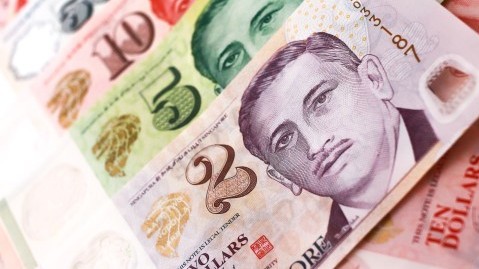
In the inaugural FE Energy Index, Singapore had an index of 72.74%. Luxembourg (86.25%) topped the list, followed by Hong Kong (80.70%).
“This is due to its high degree of openness and political stability, and we anticipate this trend to continue. We also expect the gap between Singapore and Hong Kong, which ranks higher than Singapore in the FE Energy Index, to continue narrowing,” said Kavi Chawla, founder of Foresight Economics.
“As we balance at the edge of a global recession because of tectonic movements in energy markets, driven by a grave undersupply situation, the world faces the dual urgency of transitioning towards renewable, sustainable energy whilst ensuring long-term energy security. Capital flows, and Foreign Direct Investments, in particular, will play a critical role in this, and actionable data is needed to support smart investment decisions,” Chawla said.
Completing the top 10 were Malta (65.95%), Ireland (55.50%), Vietnam (48.47%), Seychelles (43.42%), Slovakia (41.06%), United Arab Emirates (39.86%), and Brunei (36.04%).
China came in second to the last with an index of 6.08%, whilst the US was at the bottom with a 0.21% index.
Foresight Economics said the poor performance of the top energy producers in the index is due to four key factors including investment flows in energy which were dominated by internal investors amongst the top 10 energy-producing countries.
It said that the index captures investment flows into renewables and green energy, wherein greenfield FDI flows in those areas in the top 10 energy-producing countries were negligible.
The 2018 tariffs also had an impact on their performance in the index of the US and China, Foresight Economics said, adding that the openness composite indicator is relevant in driving market-level attractiveness for greenfield foreign investments in the energy sector.
The four indicators for the FE Energy Index include Governance and Diversification, Openness, Economic Growth, and Natural Resources Endowment, with Openness and Natural Resources Endowment as the two macro-factors with a 100% and 26% weighting, respectively.